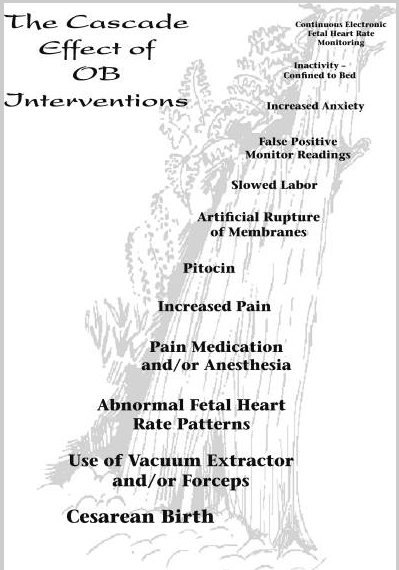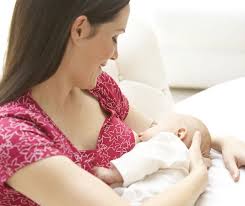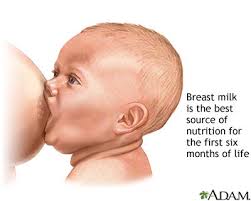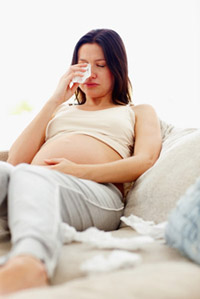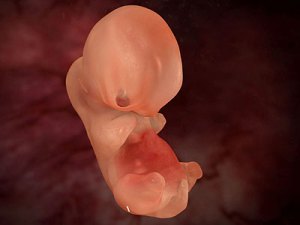Writing for the New York Times Upshot, Lynn Vavreck notes that despite the polarized rhetoric of politicians, voters are in much more agreement about abortion than one might expect. This is according to poll results from American National Election Studies.
The study originally asked respondents for their level of agreement with four statements:
- By law, abortion should never be permitted.
- The law should permit abortion only in case of rape, incest, or when the woman’s life is in danger.
- The law should permit abortion for reasons other than rape, incest or danger to the woman’s life but only after the need for the abortion has been clearly established.
- By law, a woman should always be able to obtain an abortion as a matter of personal choice.
These results showed polarization between Democrats and Republicans, in line with political rhetoric. However, when the poll presented more nuanced scenarios, people from both political parties gave answers that were far more similar. You can find the questions and the details of the responses here beginning on page 1335.
The pollsters asked (in random order)
Do you FAVOR, OPPOSE, or NEITHER FAVOR NOR OPPOSE abortion being LEGAL if:
- staying pregnant would hurt the woman’s health but is very unlikely to cause her to die
- staying pregnant could cause the woman to die
- the pregnancy was caused by the woman having sex with a blood relative
- the pregnancy was caused by the woman being raped
- the fetus will be born with a serious birth defect
- having the child would be extremely difficult for the woman financially
- the child will not be the sex the woman wants it to be
I don’t think the pollsters are asking the right questions. It is not clear how allowing or restricting abortion in each of these circumstances would be enacted by law. What is being discussed is not just the legality of abortion, but the circumstances under which a woman should be forced to continue a pregnancy and give birth.
So to begin with, let’s ask,
1. Do you think it is acceptable to force a woman to carry a pregnancy and give birth against her will?
- Yes, always
- Yes, under some circumstances
- No, never
2. If you answered “Yes, always,” what methods are acceptable to force the woman to continue her pregnancy
- Imprisonment until after birth
- Mandatory subjection to monitoring of fetal well-being on a daily basis
- Monitoring of the woman’s location, such as through an ankle bracelet
- Provision of a chaperone to ascertain the woman’s whereabouts and actions
- Monitoring of all communications to ascertain the woman is not planning to end the pregnancy
- Other (please specify)
3. If you answered, “Yes, under some circumstances,” please identify under which circumstances below she should she be forced to continue her pregnancy?
- If she would definitely die.
- If there was a good chance she could die.
- What would her chance of dying have to be?
- If she would face grave permanent health consequences, such as blindness or paralysis.
- If she would face permanent health consequences that were less grave, perhaps numbness in a limb or kidney damage that would not necessitate dialysis until later in her life.
- If she would face health consequences that might be excruciatingly painful or otherwise difficult to manage but were unlikely to be permanent, such as vomiting constantly and needing to have IV hydration for the duration of the pregnancy.
- If she were impregnated by a blood relative.
- How close a relative would this have to be? (e.g. father, brother, son, grandson, first cousin, second cousin, first cousin once removed, uncle, great uncle, nephew…)
- If she were impregnated by a relative she was not related to by blood (e.g. adoptive father, stepfather, brother-in-law)
- If she had been raped.
- if she had been raped and reported the rape to the police before the pregnancy was confirmed.
- If she had been raped under certain conditions (identify below).
- Gang raped.
- Raped by a stranger who caused physical injuries requiring medical treatment.
- Raped by a stranger who threatened her with a weapon such as a gun or large knife
- Raped by a stranger who did not brandish a weapon or cause major injuries.
- Raped by an acquaintance who caused physical injuries requiring medical treatment.
- Raped by an acquaintance who threatened her with a weapon such as a gun or large knife
- Raped by an acquaintance who did not brandish a weapon or cause major injuries.
- If she were married and had an affair with someone with someone of a race other than her husband’s (so she wouldn’t be able to pass the baby off as her husband’s).
- If the fetus has any disability or abnormality
- If a fetus has certain disabilities or abnormalities. Forced pregnancy and birth are acceptable if the fetus has a disability
- that will cause it to die before being born.
- that will cause it to die within a short period after it is born in agonizing pain.
- that will cause it to die within a short period after it is born but without significant pain.
- that will not cause it to die before age 5 but will lead to it needing lifelong custodial care.
- that will lead to a quality of life that you think you would not want to endure
- that has an unknown prognosis for quality of life.
- If the baby is not a boy and as a result, the woman’s husband will probably set her on fire in the near future.
- If the woman is not able to financially care for the child and herself.
- How bad do her circumstances have to be to qualify for not remaining pregnant against her will?
- If the woman is not a woman, but a girl.
- How young does she have to be to qualify not to be forced to be pregnant and give birth? (The youngest girl ever to have a baby was 5 years old, photos below).
- If the woman does not want a child right now and does not feel emotionally capable of giving a child she birthed away to be adopted by others.
- If a woman does not want to be pregnant and give birth.
4, For the circumstances in which you believe the woman should be forced to be pregnant and give birth, what methods are acceptable to force her to do so?
- Imprisonment until after birth
- Mandatory subjection to monitoring of fetal well-being on a daily basis
- Monitoring of the woman’s location, such as through an ankle bracelet
- Provision of a chaperone to ascertain the woman’s whereabouts and actions
- Monitoring of all communications to ascertain the woman is not planning to end the pregnancy
- Other (please specify)
5. If certain methods are only acceptable for certain circumstances, please match the best method to each circumstance.
6. If you answered, “No, never,” have you changed your mind after reading about possible scenarios?
We would ask further questions, such as, if you believe the woman should be forced to continue her pregnancy even if she will die, are you willing to tell her children that you think their mother should die so that they can have a new brother or sister? Or, if you think a woman should be forced to continue a pregnancy even if she is not financially able to support a child, how do you believe the woman and her child should obtain financial resources after the birth: donations from you, government support, theft, other, or should they be allowed to become homeless and starve?
But let’s at least start with a legitimate premise for questions about abortion and forced pregnancy and how we might make laws.







